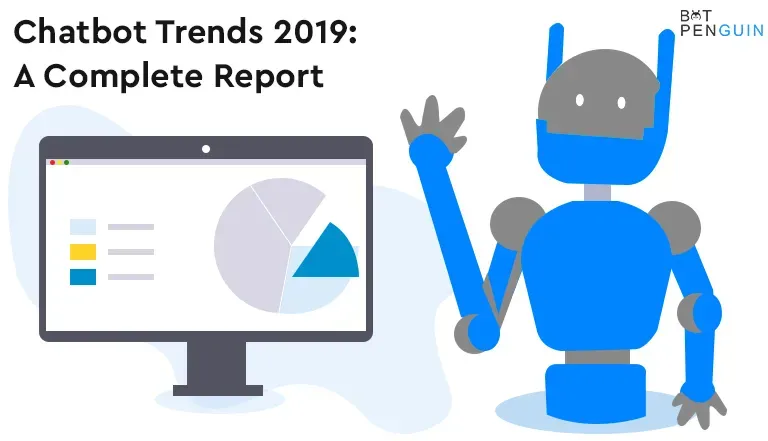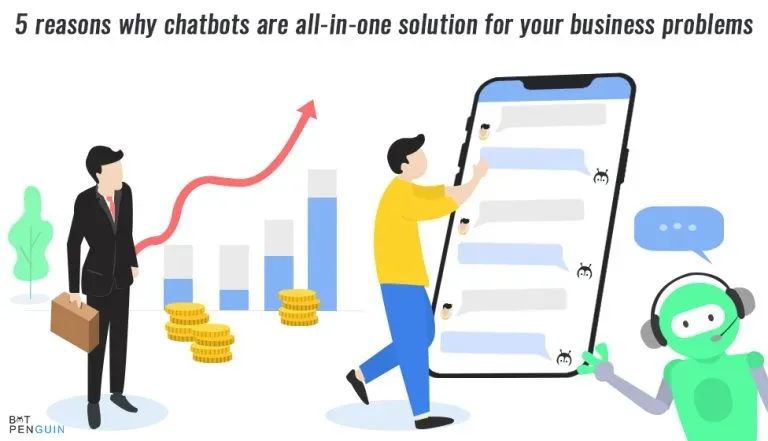AI chatbots have become a must-have technology for providing top-level customer experience to users.
A chatbot is a software program or tool that uses natural processing language to simulate a human-like conversation.
Chatbots are also known as bots, chatterbots, or talkbots, employ advanced scanning techniques to generate authentic and human-like replies based on keywords and user intent.
Created by Michael Mauldin in 1994, the first chatbot, ChatterBot, paved the way for conversational entities.
Chatbots communicate with people through text and speech. With each passing day, chatbots are evolving and growing more autonomous, requiring less human intervention.
Nowadays, you can find chatbots anywhere, from businesses to homes. Many people love chatbots like voice assistants (Siri and Alexa) to accompany them as personal assistants.
Meanwhile, in businesses, employees and customers rely on chatbots to manage their tasks and functions. Chatbots expel in handling important tasks like sales, marketing, operations, analytics, and ticket management.
Continue reading to learn more about chatbots' top 10 fascinating facts.
Top Fascinating 10 Facts About AI Chatbots-
- Positive Attitudes Towards Chatbots
- The Public Is Willing to Chatbots
- People desire chatbots to address their issues.
- Consumers Are Prepared to Use Chatbots to Make Purchases
- Chatbot adoption can reduce customer support expenses by more than 30%.
- Do not conflate robots with humans.
- Personality vs. Usability
- The Use of Chatbots for Recommendations by Customers
- The first ever Chatbot is named ELIZA.
- Chatbots can pass the Turing Test by 2029
What Distinguishes Chatbots from Virtual Assistants?
The distinction between chatbots and virtual assistants erodes as technology advances and new methods are employed to create these agents.
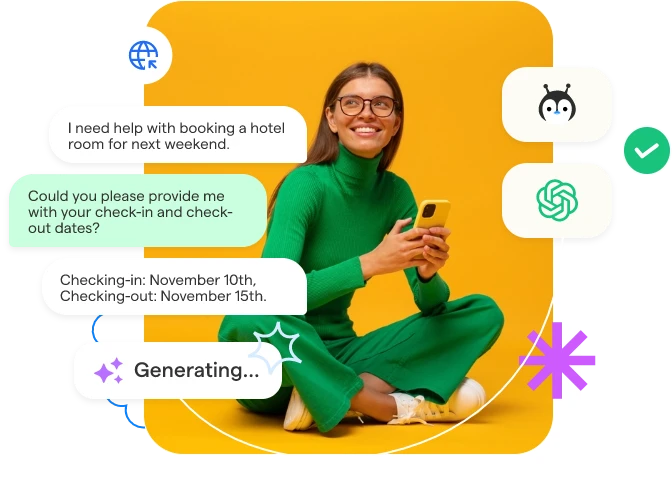
Online chatbots often communicate with one another using a messaging program.
Many contend that virtual assistants like Siri or Cortana are not chatbots because they operate independently of these messaging platforms.
Now chatbots are available that go beyond merely discovering keywords by using powerful natural language processing (NLP) algorithms to decipher the meaning of each message.
Unfortunately, this isn't the case with most bots now on the market, which is why many still think of bots as less useful than virtual assistants.
However, as demonstrated by chatbot statistics, chatbots will only get smarter and better over the next several years as a result of developments in machine learning.
Top 10 Fascinating Facts About AI Chatbots
The AI chatbot technology continues to evolve, acquiring a level of automation that can reduce human intervention to a minimum. These 10 facts about ai chatbot shed light on the ultimate unmatched usability of these AI bots.
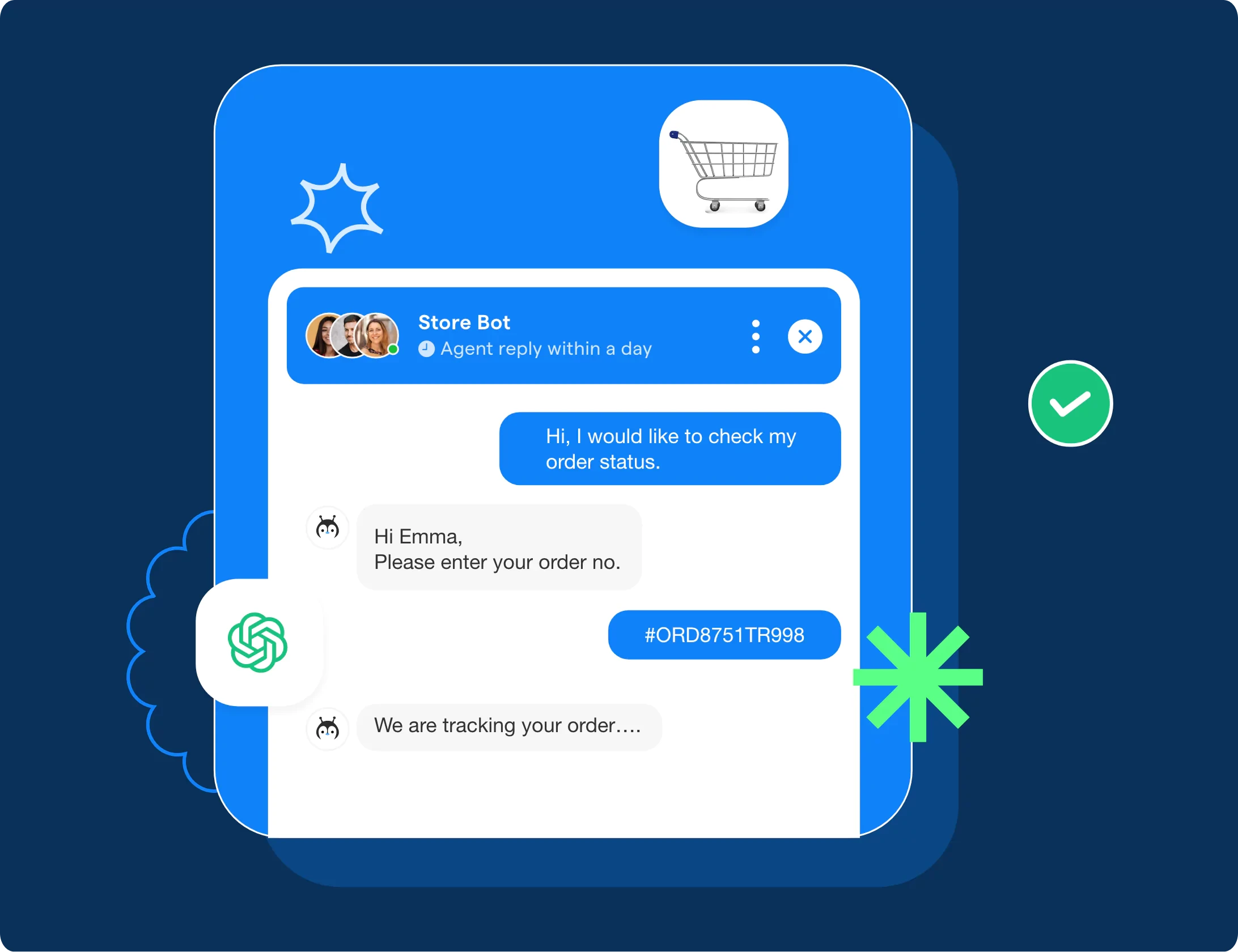
Positive Attitudes Towards Chatbots
Chatbots are constantly improving in sophistication.
Though chatbots are still in their infancy, there will inevitably be negative user experiences. According to a LivePerson poll of 5,000 customers in six countries, people generally have a favorable impression of chatbots despite some early teething pains.
Only 11 percent of people worldwide think negatively about chatbots, compared to 38% who think they're great. Fifty-one percent of respondents had no opinion on chatbots.
The Public Loves Chatbots
According to eMarketer data, over 29 percent of respondents prefer to contact shops using online chat and messaging applications before completing a purchase.
Individuals are more likely to utilize a chatbot than an email. They are equally as likely to contact a shop over the phone or through a chatbot. Here, accessibility is the main motivator.
People desire chatbots to address their issues.
Nobody asks, "Am I talking to a person or a bot?" right? That is, as long as the Chatbot is assisting them.
According to a HubSpot poll, 40% of respondents don't care who or what is assisting them. Brands and companies are using chatbots to improve customer service.
They use bots to deliver information, schedule appointments, resolve issues, and even complete transactions.
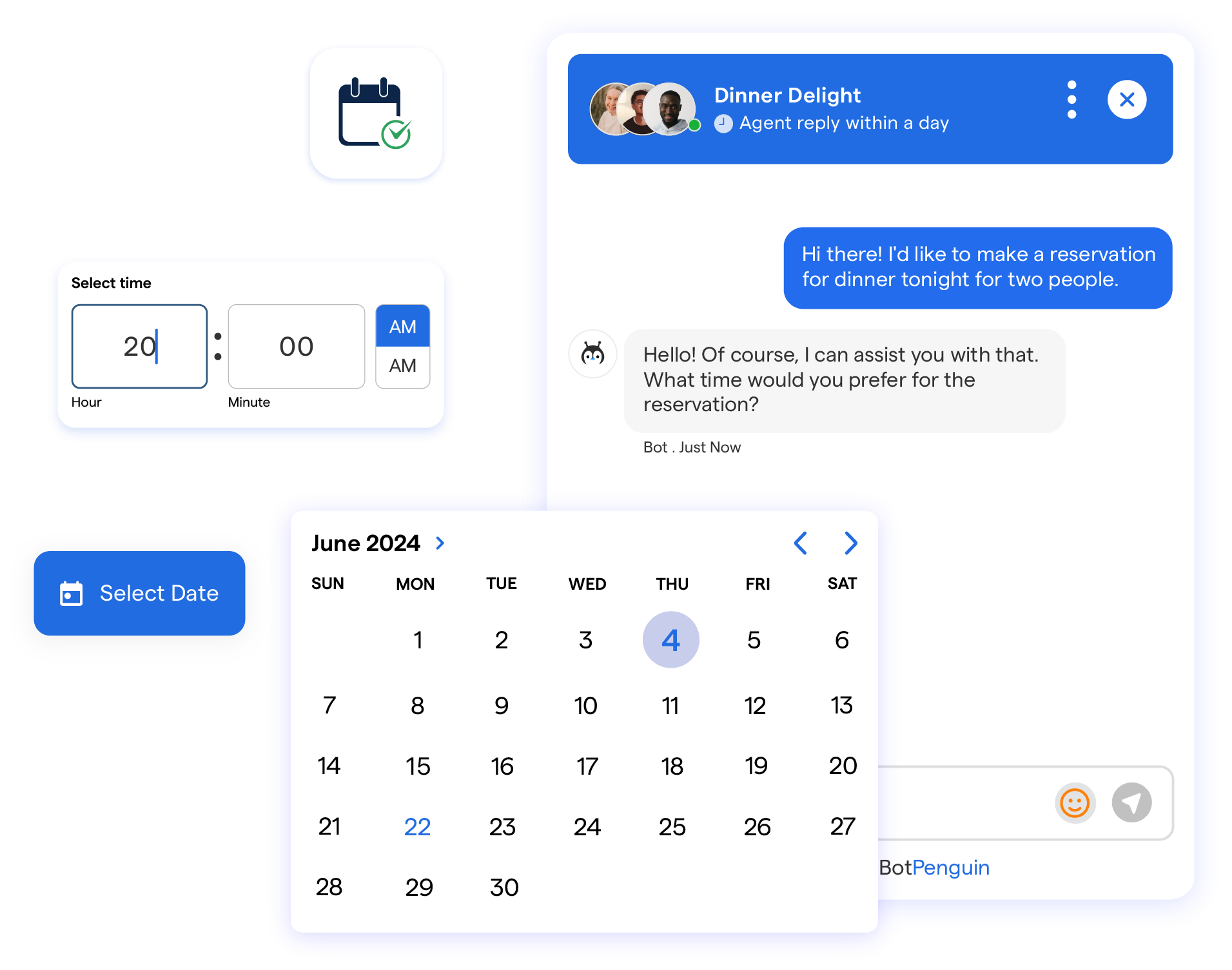
Consumers Are Prepared to Use Chatbots to Make Purchases
According to DigitasLBi, 37% of Americans strongly indicate that they would likely make their final purchase using a chatbot.
According to Mintel, 33% of UK citizens would only purchase necessities like clothing, shoes, and food from retail outlets if chatbots were accessible.
Chatbot Can Reduce Customer Support Expenses by More than 30%.
There are several benefits to employing chatbots. They consist of flexibility, effectiveness, and ease in providing 24/7 public service.
Only in the most complicated situations when human interaction is necessary are human agents able to engage, thanks to the cost savings they provide to customer service operations and resource optimization.
According to IBM, bots can respond to 80% of regular user inquiries, which reduces customer support expenses by more than 30%. According to data on live chat, more than half of visitors are more likely to purchase if the website offers a live chat option.
Do Not Conflate Robots With Humans
According to Mindshare, the majority of customers (75%) indicated they want to know whether they are conversing with a human or a chatbot (48% thought it was "weird" when a chatbot pretended to be a person).
Although, bots can mimic human-tone, they can’t currently replace human agents. People like interactions with agents.
To tackle this conflict, chatbots are equipied with live chat feature that allows human agents to pick up the conversation in case a customer demands to speak to a human agent.
Personality vs. Usability
Even if your Chatbot has a wonderful personality, nobody cares. Particularly if the Chatbot cannot address a problem that one of your clients is facing.
Make sure that usefulness takes precedence over individuality. The same LivePerson study found that 48% of participants preferred problem-solving chatbots
Don't forget about speed, though! According to Aspect's study, users prefer friendly and simple chatbots, although speed is a close second. Consumers place greater value on speed than accuracy or even a good encounter.
There are already more than 30,000 live Facebook chatbots. As of September, there were approximately 30,000 chatbots on Facebook.

The Use of Chatbots for Recommendations by Customers
37% of customers and 48% of millennials are amenable to chatbots making suggestions based on their preferences.
If we break it down, we find that suggestions for goods from shops (22 percent), lodging (21 percent), travel (17 percent), goods from pharmacies (12 percent), and fashion/style (also 12 percent) are also of interest to customers (9 percent).
You may believe these figures are small, but they have the potential to increase shortly.
The First Ever Chatbot is Named ELIZA.
In the 1960s, MIT scientist Joseph Weizenbaum created it. ELIZA could "interact" with individuals in a way similar to a psychotherapist.
It was one of the first programs capable of attempting the Turing test, which checks if a machine can show intelligence, making it a simple way to measure a machine's smarts.
Chatbots Could Pass the Turing Test by 2029
By 2029, chatbots will be able to pass the Turing Test and be indistinguishable from humans, according to Ray Kurzweil, a pioneer in natural language processing.
He is presently working on chatbot projects at Google. Alan Turing created the Turing test in 1950. It examines if a machine can act intelligently on par with or virtually identical to that of a person.
With the advancements in conversational AI, many such models have emegred that garuntee a human-like chat experience if they are integrated into a chatbot. That’s why ChatGPT integration is also in-demand in the chatbot market. Business are trying to provide as close a man experience as possible.
BotPenguin provides chatbots for different platforms, including WhatsApp, Facebook, Telegram, Website, and Squarespace:
Bonus Facts about AI Chatbots
You liked the above list, so here are some more AI chatbot facts for you to know.
- According to Hubspot co-founder Dharmesh Shah, Chatbots will represent a greater software advance than the switch to Web-based applications.
- According to Dashbot.io, a supplier of bot statistics, "Hi" and "hello" are the two most common methods to initiate a discussion with a chatbot.
- Grand View Research predicts that the worldwide chatbot industry will reach $1.23 billion by 2025.
- 50% of businesses are prepared to invest in automation to improve customer service, according to TechRepublic.
- The existing text-based search tools will likely become outdated over the next several years, according to INC42, and "web search" will transition to voice operation. The future of automation is voice communication tools powered by AI, interactive chatbots, and IoT gadgets.
- Most industries that benefit from chatbots include banking, healthcare, education, tourism, and real estate.
- In areas like e-learning, parenting, and fitness, Chatbots are already utilized to expedite daily duties for individuals. The most cutting-edge method of bridging the divide between education and technology has been chatbots.
Conclusion
In conclusion, chatbots have personalities just like people. An interactive computer speaks to and responds to your questions just like a real person would. It imitates human speech and responds to verbal or written commands to provide a service.
Many consumers choose to chat with or message companies and brands. And the younger generations are simply accelerating this tendency.
Making sure your Chatbot lives up to your consumers' expectations is crucial.
BotPenguin is a leading AI chatbot that allows you to have conversations with customers to provide support, capture leads, sell products, accept payments, and more.
It is a complete platform with 60+ inbuilt integrations to connect your AI bot with major applications to facilitate the automation you need.
Lastly, one more fun fact, you can tailor the BotPenguin’s chatbot for your business use case.

